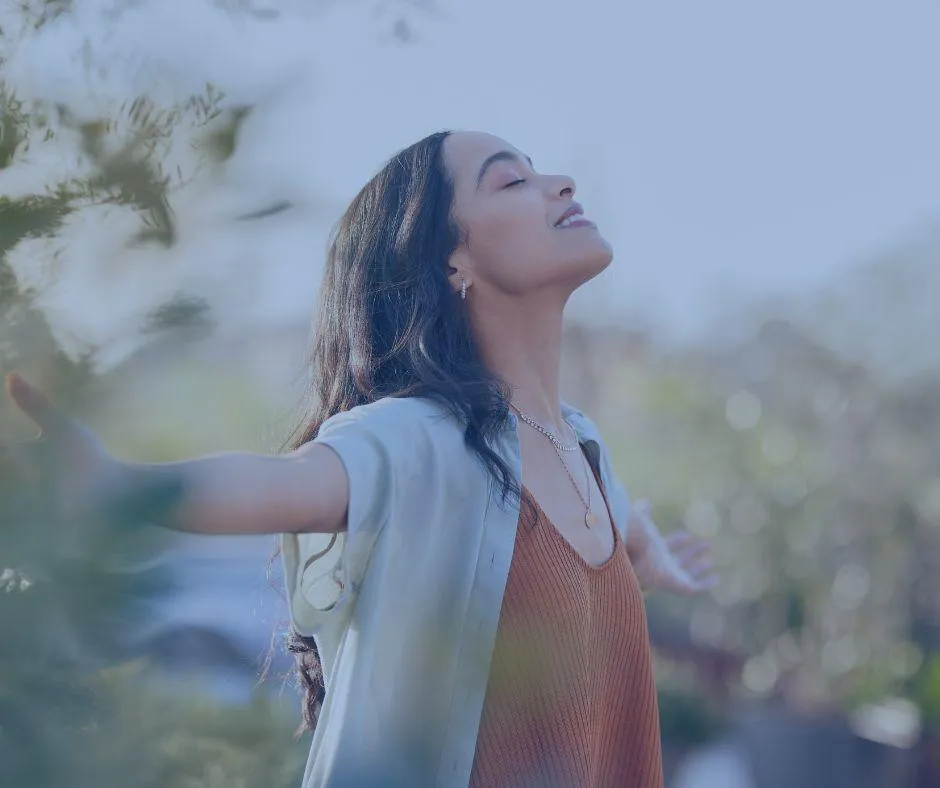Support Our Local Businesses!
What's Your Home Worth? CLICK HERE for a FREE Home Value Analysis


Transform Your Health & Wellness
We take great pride in providing you with the best articles to make your life the best it can be!
Proud Sponsors of St. George Health & Wellness Magazine
Our Mission
At St. George Health & Wellness Magazine, our mission is to inspire and empower individuals to lead balanced and fulfilling lives by providing comprehensive content that encompasses fitness, nutrition, community, culture, family, mind, body, economic health, and lifestyle. We strive to be a trusted source of information, offering insightful articles, expert advice, and practical tips to promote holistic well-being. Through our dedication to fostering a healthier community, we aim to encourage positive transformations and foster a culture of wellness for individuals and families alike.
Our Mission
At St. George Health & Wellness Magazine, our mission is to inspire and empower individuals to lead balanced and fulfilling lives by providing comprehensive content encompassing fitness, nutrition, community, culture, family, mind, body, economic health, and lifestyle. We strive to be a trusted source of information, offering insightful articles, expert advice, and practical tips to promote holistic well-being. Through our dedication to fostering a healthier community, we aim to encourage positive transformations and foster a culture of wellness for individuals and families alike.
Latest Articles
Becoming an Elite Listener
This article reveals that the most common and repairable source of marital conflict isn’t money, sex, or infidelity—but poor listening. Through clear examples, it contrasts destructive listening habit... ...more
Relationships & Connection
December 29, 2025•3 min read

The Hidden Powerhouse of Women's Health
Hormones are the body’s command center, quietly shaping women’s energy, mood, metabolism, sleep, and sense of self across every stage of life. When estrogen, progesterone, and testosterone fall out of... ...more
Health & Fitness
December 29, 2025•4 min read

Tiny Habits, Big Rewards
Tiny Habits. Big Rewards. A look at how the little things can help you stay focused on your goals. ...more
Health & Fitness
December 29, 2025•3 min read

Discover Articles That Will Change Your Life
Stay Strong at Any Age
At St. George Health and Wellness Magazine, we're passionate about helping you achieve your fitness goals and unlock the best version of yourself. Explore articles on effective workout routines to boost strength, flexibility, and overall vitality. Discover ways to maintain an active lifestyle and achieve optimal fitness, from low-impact exercises to functional training.


Nutrition Guidance
We're passionate about empowering you to make informed choices about the food you eat and the impact it has on your overall well-being. Explore nutritional strategies for healthy aging. Dive into nutrition tips and dietary recommendations for any stage of life. Learn about nutrient-rich foods, portion control, and meal planning to promote longevity, energy, and overall wellness.
Mindful Aging
Explore articles on mindfulness techniques, cognitive exercises, and mental health resources tailored to support brain health and emotional resilience. Learn strategies for managing stress, enhancing memory, and maintaining a positive outlook.


Body Balance
Discover articles on various approaches to nurturing physical health, including yoga, meditation, and alternative therapies to promote balance, flexibility, and pain management in aging bodies. Explore the mind-body connection and embrace practices that support overall well-being.
Community & Culture Connection
Explore articles about community engagement in promoting emotional well-being and social connection. Delve into the rich tapestry of cultural traditions and heritage. Discover local resources, support networks, and events to foster meaningful relationships and enhance overall quality of life.


Financial Health
Find articles that will help you gain valuable insights into financial planning, retirement savings, and navigating economic challenges in later life. Explore tips for managing expenses, maximizing retirement benefits, real estate management, and achieving financial security to support a fulfilling lifestyle in your golden years.
Education Empowerment
Discover articles on empowering minds through education. In our dynamic community, education serves as the cornerstone of empowerment and growth for individuals of all ages. From grade schools to universities and trade/tech colleges, St. George is home to a vibrant educational landscape dedicated to fostering excellence and innovation.


Pet Health
We believe that our pets are cherished members of our families, deserving of the highest quality care and attention to ensure their well-being. From nutrition and exercise to preventive healthcare and emotional support, we're dedicated to providing valuable resources and expert guidance to help you give your furry companions the happy, healthy lives they deserve.
Discover Articles That Will Change Your Life

Stay Strong at Any Age
At St. George Health and Wellness Magazine, we're passionate about helping you achieve your fitness goals and unlock the best version of yourself. Explore articles on effective workout routines to boost strength, flexibility, and overall vitality. Discover ways to maintain an active lifestyle and achieve optimal fitness, from low-impact exercises to functional training.

Nutrition Guidance
We're passionate about empowering you to make informed choices about the food you eat and the impact it has on your overall well-being. Explore nutritional strategies for healthy aging. Dive into nutrition tips and dietary recommendations for any stage of life. Learn about nutrient-rich foods, portion control, and meal planning to promote longevity, energy, and overall wellness.

Mindful Aging
Explore articles on mindfulness techniques, cognitive exercises, and mental health resources tailored to support brain health and emotional resilience. Learn strategies for managing stress, enhancing memory, and maintaining a positive outlook.

Body Balance
Discover articles on various approaches to nurturing physical health, including yoga, meditation, and alternative therapies to promote balance, flexibility, and pain management in aging bodies. Explore the mind-body connection and embrace practices that support overall well-being.

Community & Culture Connection
Explore articles about community engagement in promoting emotional well-being and social connection. Delve into the rich tapestry of cultural traditions and heritage. Discover local resources, support networks, and events to foster meaningful relationships and enhance overall quality of life.

Economic Health
Find articles that will help you gain valuable insights into financial planning, retirement savings, and navigating economic challenges in later life. Explore tips for managing expenses, maximizing retirement benefits, real estate management, and achieving financial security to support a fulfilling lifestyle in your golden years.

Education Empowerment
Discover articles on empowering minds through education. In our dynamic community, education serves as the cornerstone of empowerment and growth for individuals of all ages. From grade schools to universities and trade/tech colleges, St. George is home to a vibrant educational landscape dedicated to fostering excellence and innovation.

Pet Health
We believe that our pets are cherished members of our families, deserving of the highest quality care and attention to ensure their well-being. From nutrition and exercise to preventive healthcare and emotional support, we're dedicated to providing valuable resources and expert guidance to help you give your furry companions the happy, healthy lives they deserve.
See What Our Customer Say About Us
See What Our Customer Say About Us


Tammy L.

As someone deeply invested in holistic wellness, I can't recommend St. George Health and Wellness Magazine enough! Their articles cover a wide range of topics, from fitness and nutrition to mindfulness and community connection.


Samantha C.

St. George Health and Wellness Magazine has become my go-to source for fitness inspiration and advice. Their workout routines are practical and effective, catering to all levels of experience. I appreciate the emphasis on holistic health and the inclusion of articles on nutrition and mental well-being.


Greg A.

The articles are well-researched and easy to understand, making complex health concepts easier to understand and apply. This magazine has something for everyone and is a fantastic resource for anyone looking to take charge of their health and lifestyle.
Copyright St. George Health & Wellness Magazine 2024 All Rights Reserved
Creating a healthier and happier community!






